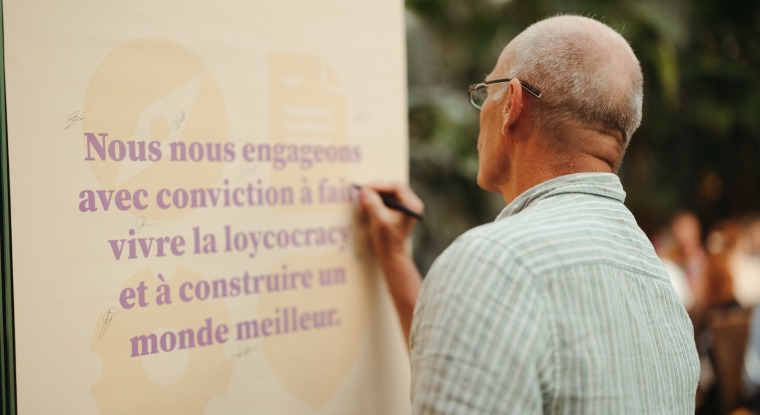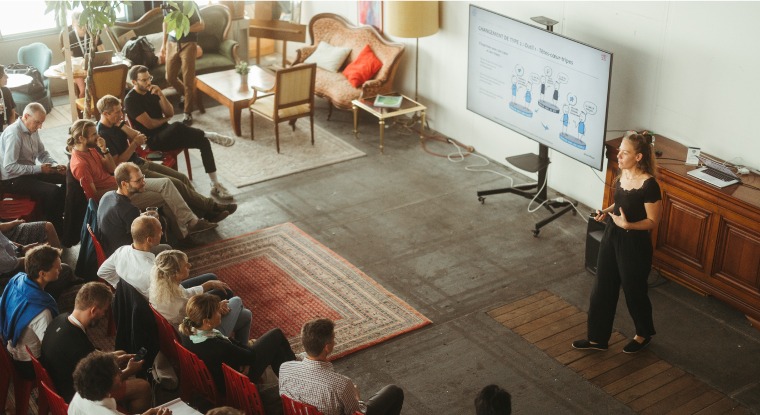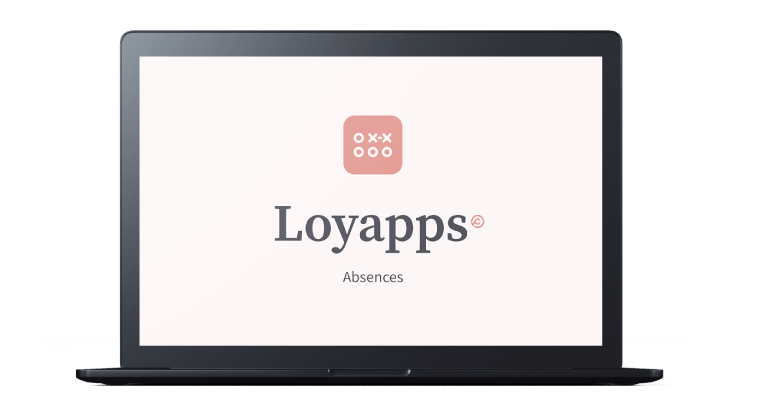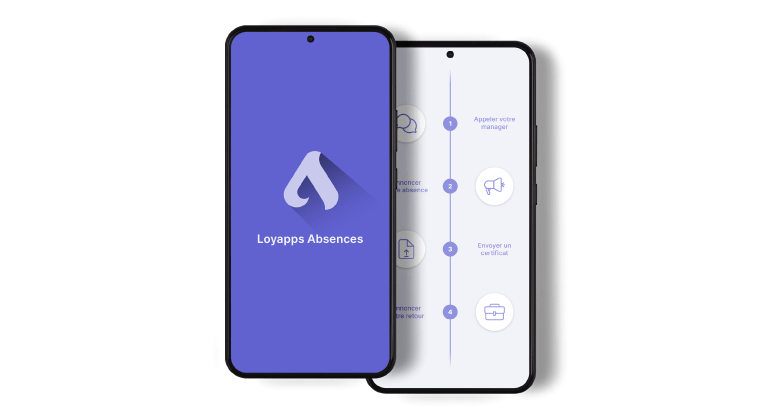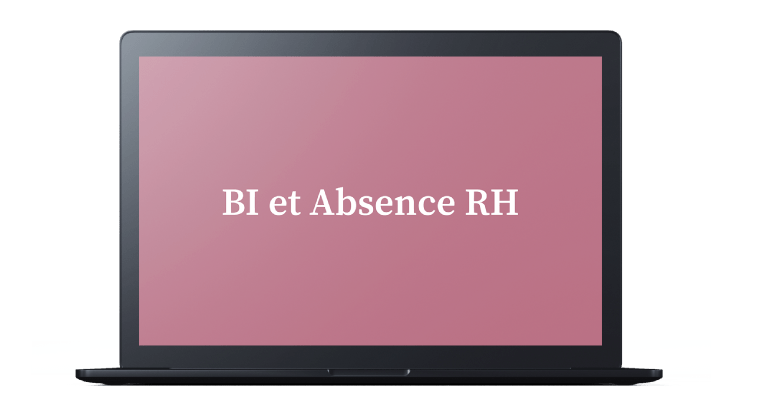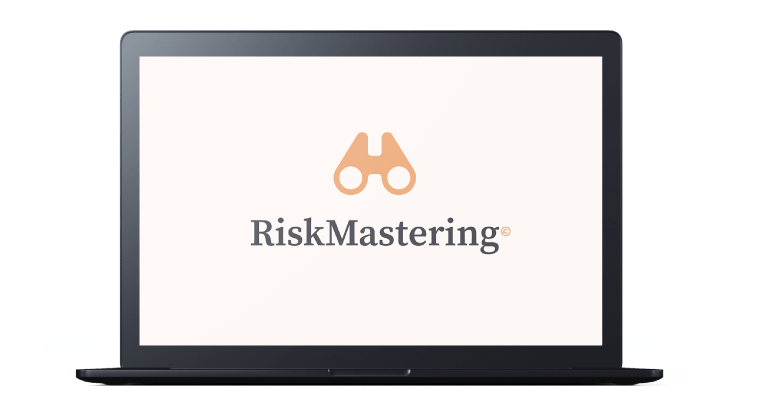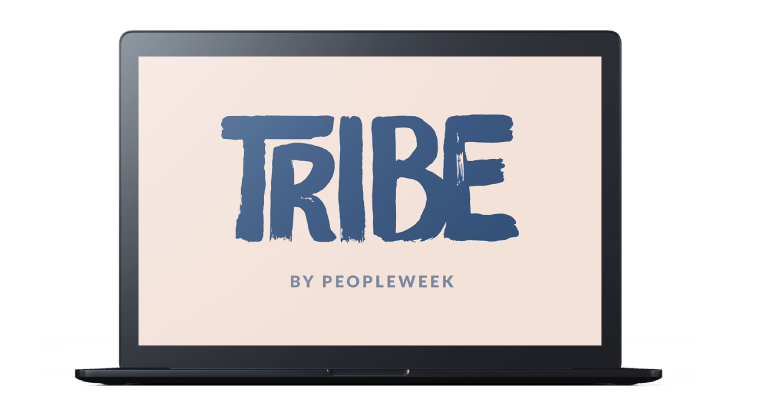
An e-learning module on sexual harassment in the workplace
End of this year, we will launch an e-learning module on sexual harassment for employees, HR and employers. Céline Bulliard, occupational psychologist and consultant at Umanize, tells us more about the context and tools to combat this phenomenon and how this module addresses the issue.
What exactly is sexual harassment and when does it start?
To use the definition provided by the SECO : « The term sexual harassment in the workplace covers any behaviour with a sexual aspect or based on gender that is unwanted by and humiliating to the recipient. The key element here being « that is unwanted », that is, the way a behaviour is perceived by the receiver, if it is wanted, agreeable or not. This means a same behaviour can be seen as a welcome flirt or as harassment.
Are there statistics on the prevalence among Swiss companies?
A survey mandated by the Federal Council is ongoing, and results should be released soon. Therefore, the last data available is probably outdated. But we know that close to 30% of women and 10% of men felt sexually harassed in their workplace. This is supported by a French survey stating that 1 out of 3 women experienced sexual harassment during their career.
This phenomenon isn’t new, how come we hear more and more of it in the press and in companies?
It is probably part of the larger feminist movement that has occurred in the last few years. It becomes more and more difficult to minimise or trivialise sexist behaviour, because there is a better awareness of what consent means and what is an acceptable or inacceptable behaviour. I hope it will favour the denunciations of sexual harassment situations in the workplace, which are very rarely signalled despite their high prevalence.
What tools can companies use to prevent this phenomena?
First of all, we must stress that a company’s culture can increase or decrease the risk of sexual harassment situations. Lack of diversity, unequal treatment, power asymmetry, job insecurity, for example, are as many risk factors. More specifically, companies can implement these preventive actions : staff sensibilisation, management training, written Charta and internal procedure. Furthermore, there are now many companies that offer the services of a trust person to their employees.
Why does Umanize launch this e-learning on sexual harassment?
A lot of official, online available contents, already exist. Our aim is not only to centralise and disseminate those resources, but also to provide a comprehensive e-learning that explores different perspectives and is intended for all stakeholders whether they are employees, HR specialists or employers.
How does it look like and how is it accessible?
It’s an online sensibilisation made of 10 short units and a quiz. It will be available on demand end of this year.


